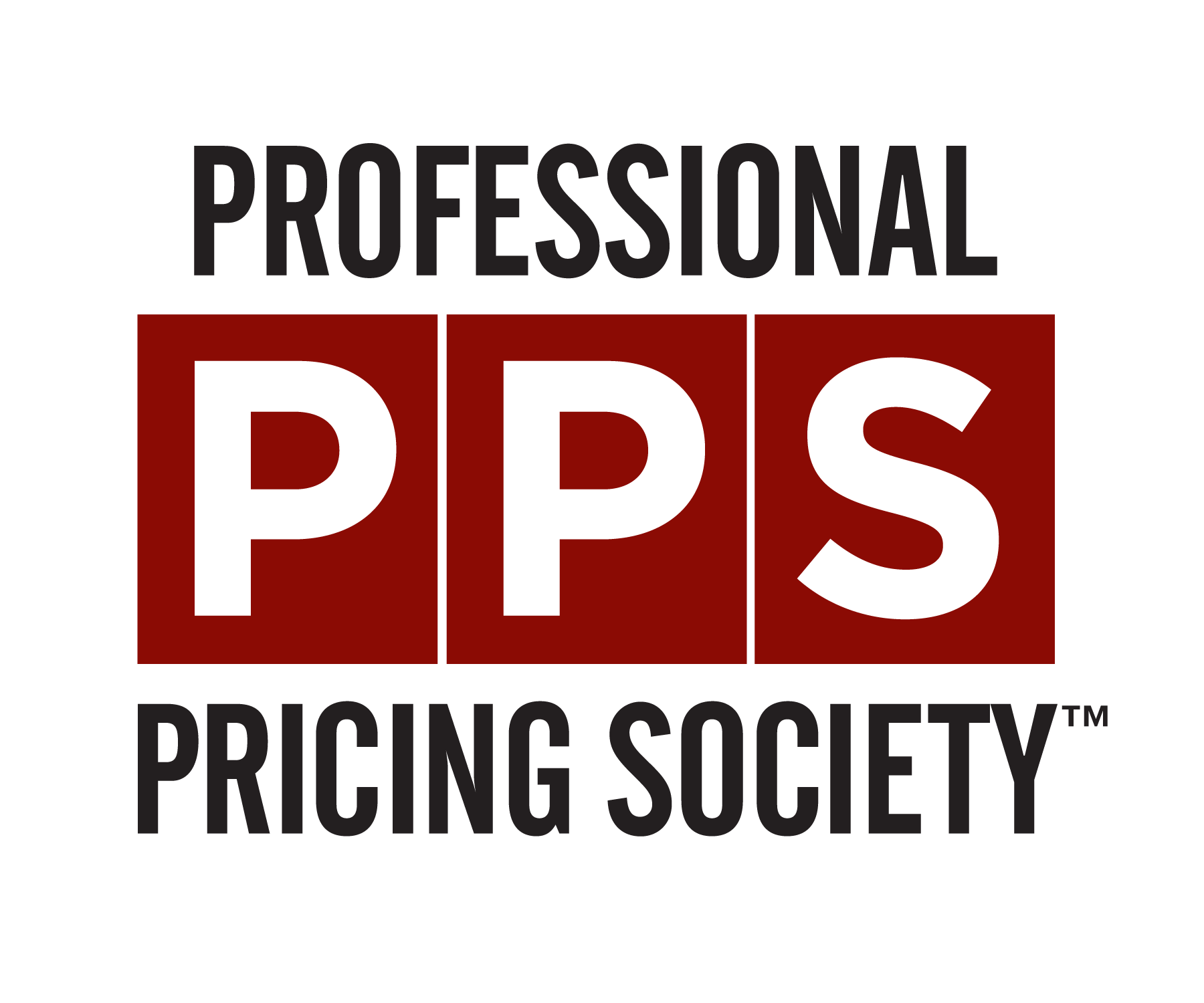Cure Inflation with B2B Pricing
- darnell499
- Nov 15, 2021
- 3 min read

A Guest Blog post written by Avy Punwasee, Partner at Revenue Management Labs and Speaker during #PPSEuro21
B2B companies are experiencing 360-degree inflationary cost realities spanning raw materials, labor, energy and more.
It’s a challenging situation making global headlines:
“Inflation Notches A Fresh 30-Year High” - CNBC 10/29/2021
“Freight Rates Up More Than 90% In One Year” – Hortidaily 10/11/2021
“Raw Material Inflation To Continue, Despite ‘Some Stabilisation” – ICIS 10/26/2021
Even worse, the high-risk, time-sensitive decisions are put on the shoulders of business leaders with no playbook on inflation. The truth is most B2B companies are ill-equipped to simply absorb these rising costs.
Some companies passed the burden to customers through increased prices but most companies granted their customers additional pandemic pricing relief. This move dug, and continues to dig a slippery, deep, unsustainable pricing hole.
If you submit to discounting and payment reductions to benefit customers, be careful; it threatens your current bottom line and long-term viability.
It’s important to note companies increasing prices are still barely outstripping rising raw material & labor costs. For example, a new client recently onboarded is growing revenue consistently but their margins are down 5%....it’s tough out there.
Inflation is a new challenge for many younger companies and hasn’t been a crisis de jour in their lifecycle. The worst aspect…many underestimate both length & severity of the corresponding financial impact compounded by fear of action. Paralyzed by analysis becomes commonplace as the playbook on inflation is thin and authored during the 1980’s recession.
Combine these variables, longer sales cycles, cheap debt and long-term contracts and you have today’s situation. Often it takes at minimum a quarter for raising prices to realign and recover.
You need to act now. The current market favors nimble pricing moves.
Here’s what you need to do:
1. Refine Value Quantification Versus Market
When setting a price for offerings, B2B companies rarely focus on value, leaving money on the table. To close the gap between price and value, companies must first understand how their offerings are differentiated compared to competitors. Doing this will give companies a better understanding of what customers value. Key Takeaway: COMP INTEL (use a site like spyfu.com for a mile-high check).
2. Protect Price Integrity
Share the cost burden with the Customer; don’t own it all. Use your intel and insight to protect your price integrity and create deals benefitting you and your customer.
3. Address Price Leakages
Take time to examine and forecast how customer investments impact final pricing. Many companies have missed opportunities during the pandemic and erroneously focus on the list price and invoice price.
How does an offering listed at $100 end up only netting $50? To fix the discrepancy, evaluate your concessions to plug price leaks and maximize profits.
4. Enable Front Line Sales Execution
63% of salespeople are uncomfortable negotiating with Customers on price-related terms: avoiding the discussions by giving concessions. If your sales reps become Price Champions you can dramatically decrease discounting and turn higher profits.
Final Thoughts
Although the impetus of inflation is a painful call-to-arms, we’ll help you in combat while maintaining sustainable profit levels. In the long term, let’s improve your quality of organizational planning while empowering sales reps to become better negotiators.
If you want to learn more about B2B pricing, Join Avy Punwasee this December during the PPS European and Global Pricing Conference Event #PPSEuro21 Join us for the session “B2B Pricing In Inflationary Periods” to dive deeper into each of the above 4 steps.
Send an email to Avy: apunwasee@revenueml.com





